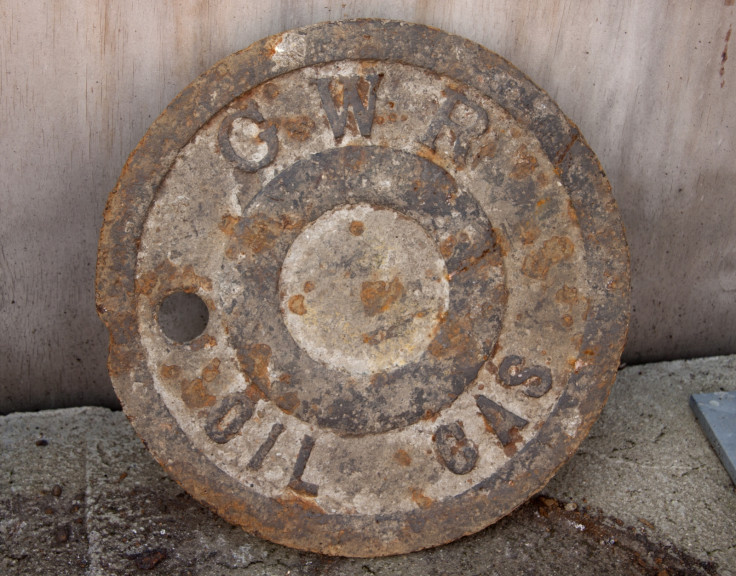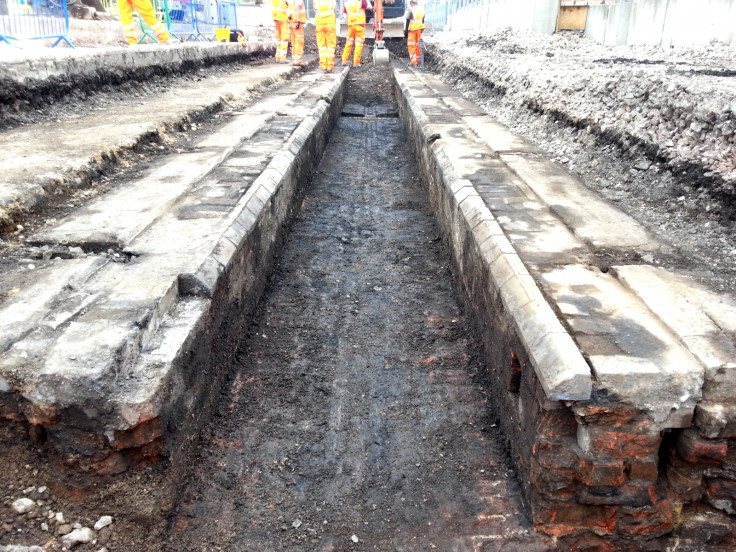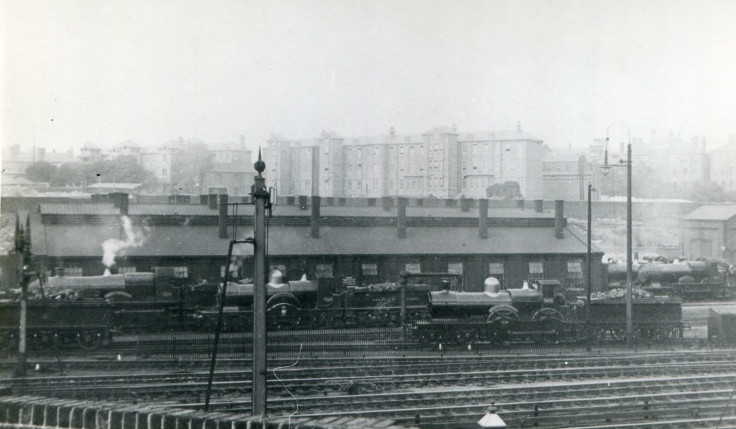Isambard Kingdom Brunel's Victorian-era Railway Uncovered in UK's Largest Archaeological Project

Remains of structures built by celebrated engineer Isambard Kingdom Brunel for his Great Western Railway have been unearthed near Paddington in west London for the first time in more than 100 years.
Newly excavated by Crossrail as part of the UK's largest archaeological programme, findings include foundations of a 200 metre long engine shed, a workshop, and train turntables.
The structures were used for Brunel's famous broad-gauge railway, which first ran steam trains through the area in 1838.

The Crossrail archaeology team is documenting the remains using laser scans, creating 3D models of the buildings which date from the 1850s and were levelled in 1906 to make way for a goods storage yard.
These records will help historians understand the early development of railways in the UK and the methods of Brunel, widely regarded as one of Britain's greatest engineers.
Jay Carver, who led the research, said: "Isambard Kingdom Brunel's Great Western Railway is the most complete early mainline railway in the world.

"Whenever we expose parts of the original infrastructure, it is vital to record these for posterity and the history of rail in this country."
The remains were found on a construction site known as Paddington New Yard, to the east of Westbourne Park Tube station.
From 2018, the area will accommodate Crossrail tracks, turn-back sidings, an elevated bus deck, and cement factory, which had to be temporarily relocated to accommodate the building of Crossrail.

The engine shed shows evidence of the change from seven-foot-wide broad-gauge train tracks used by Brunel's Great Western Railway, to the standard gauge tracks (4ft. 8½in.) prescribed in an Act of Parliament in 1846 and widely implemented by the 1860s. Brunel initially resisted this change in the so-called "Gauge Wars".
So far, Crossrail's archaeology programme has discovered over 10,000 items across 40 construction sites. Notable finds include Roman remains, plague pits, the Bedlam hospital burial grounds and a Tudor manor house.
© Copyright IBTimes 2025. All rights reserved.






















